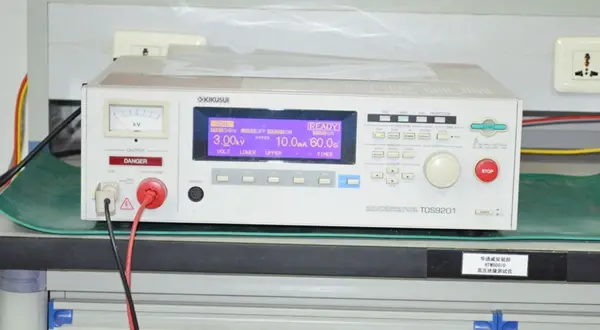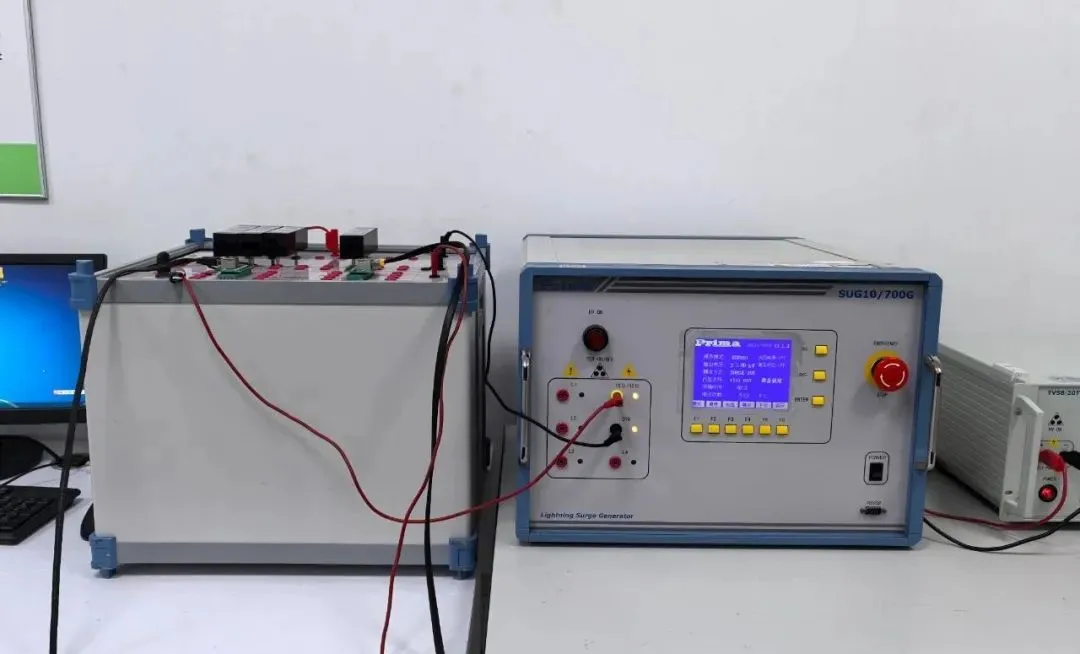
Does RoHS Apply to Packaging?
If you are an electronic product manufacturer or retailer, you need to understand RoHS, an EU directive that has brought significant changes to the global electronic products industry. When it comes to the transportation of electronic devices, RoHS - Restriction of Hazardous Substances - involves important directives. To comply with these requirements and select the most effective packaging solutions for your business, you need a thorough understanding of RoHS and your responsibilities.

What is RoHS?
RoHS (Restriction of Hazardous Substances) originated in December 2008, when the European Commission decided to address environmental and health risks associated with electronic waste. The Commission revised the directive on electrical and electronic equipment to curb the growing waste stream from such products, promote proper disposal of more electronic waste, and thereby REDuce waste volumes. RoHS was also mandated to align with new legislation while reducing administrative burdens.
RoHS is sometimes mistakenly referred to as the "lead-free directive." In fact, it restricts ten key hazardous substances:
① Lead (Pb)
② Mercury (Hg)
③ Cadmium (Cd)
④ Di(2-ethylhexyl) phthalate (DEHP)
⑤ Dibutyl phthalate (DBP)
⑥ Benzyl butyl phthalate (BBP)
⑦ Diisobutyl phthalate (DIBP)
⑧ Hexavalent chromium (Cr6+)
⑨ Polybrominated biphenyls (PBB)
⑩ Polybrominated diphenyl ethers (PBDE)
DEHP, BBP, DBP, and DIBP are the latest additions to this list, incorporated as part of the directive only in March 2015.
RoHS specifies maximum allowable concentrations for these substances in non-exempt products: 1000 ppm or 0.1%. Cadmium is an exception, with an allowable concentration of 100 ppm or 0.01% by weight.
Is RoHS a Law?
It is important to note that RoHS is a directive, not an actual regULation. A regulation is a universal law applicable to all EU entities; a directive is a legislative act that requires member states to achieve specific goals without specifying how to do so. Directives leave room for flexibility in how goals are achieved. Nevertheless, RoHS applies directly to all businesses seeking to sell, manufacture, or import into the EU.
What is Exempt?
Currently, there are over 80 substances exempt from RoHS, and future revisions may add more exemptions. Current exemptions include:
① Lead in high-temperature solder
② Copper alloys containing up to 4% lead
③ Cadmium in solar panels
④ Motor vehicles
⑤ Active implantable medical devices
Are There Rules for Spare Parts of Old Products?
The RoHS directive does not apply to spare parts used for repairing or reusing old electrical and electronic equipment. Any such equipment placed on the market before July 2006 falls into this category. This provision allows old equipment to be repaired with spare parts and promotes the reuse of older systems. While spare parts containing hazardous substances may be placed on the market - as long as they are intended for repairing old equipment - using these parts to repair new equipment is prohibited. Repairing new equipment with non-compliant spare parts only extends the presence of hazardous substances in the waste stream and hinders resource recycling efforts.
What are the Benefits of RoHS?
Although RoHS may seem like a set of cumbersome directives, it actually offers numerous benefits:
① Stricter process control, improving production efficiency and reducing the total number of non-conforming products
② Enhanced communication across the entire supply chain, serving as a platform for the implementation of REACH and other initiatives
③ Improved skills of the global workforce by transferring knowledge to less developed countries
④ Products containing fewer hazardous substances, thereby reducing landfill leachate
⑤ Reduced harm to the environment and human health, especially in third-world countries that are the final destination for much of the world's "high-tech waste"
Does Packaging Need to Comply with RoHS Standards?
Any packaging that is discarded after product purchase is not considered part of the electronic device and therefore falls outside the scope of the RoHS directive. However, if the packaging or box forms part of the product or is attached to it - especially if used or disposed of together with the product - it must comply with RoHS. Industry professionals recommend adopting a prudent approach and always knowing the composition of your packaging. Declare any products containing trace amounts of lead, mercury, cadmium, or other RoHS-restricted substances. You should also note that cadmium can even be present in printed coatings from suppliers, and you are responsible for understanding the composition of any substances used in manufacturing your products.
Do You Need to Declare That Your Packaging Complies with RoHS?
Currently, there is no specific marking for declaring RoHS Compliance of packaging, and you are not obligated to do so. However, you may choose to do so to simplify import and export processes. On the other hand, if you need to prove compliance with the WEEE directive, you must attach the specific crossed-out wheeled bin symbol.
China JJR Laboratory provides ROHS certification and compliance services. Welcome to request a quote.
Email:hello@jjrlab.com
Write your message here and send it to us
 Does RoHS Apply to Packaging?
Does RoHS Apply to Packaging?
 How to Get RoHS Compliance?
How to Get RoHS Compliance?
 How to get EN 62368-1 Test Report
How to get EN 62368-1 Test Report
 EN 300 328 Bluetooth Test Report
EN 300 328 Bluetooth Test Report
 How to get the EN 300328 Test Report?
How to get the EN 300328 Test Report?
 In-depth Interpretation of SAA Certification Q&
In-depth Interpretation of SAA Certification Q&
 Differences Between EN71 and CPC for Children's To
Differences Between EN71 and CPC for Children's To
 IP56/IP67/IP68 Waterproof and Dustproof Rating Tes
IP56/IP67/IP68 Waterproof and Dustproof Rating Tes
Leave us a message
24-hour online customer service at any time to respond, so that you worry!




